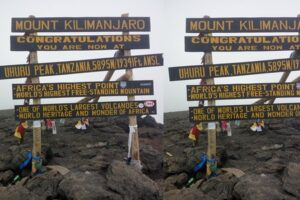
Kilimanjaro Summit History: The Meaning of Uhuru Peak
Table of Contents Uhuru Peak? The Story Behind the Name | Kili Quests Uhuru Peak is not only the summit of Mount Kilimanjaro, but

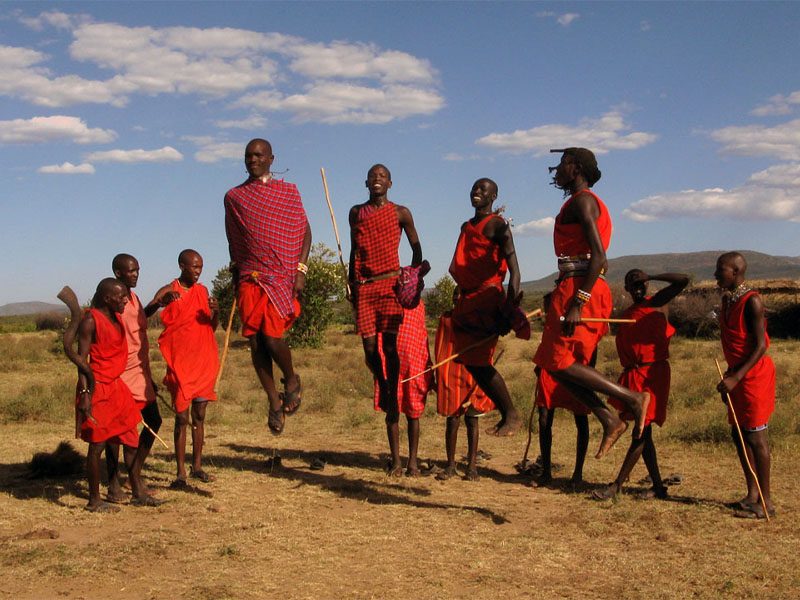

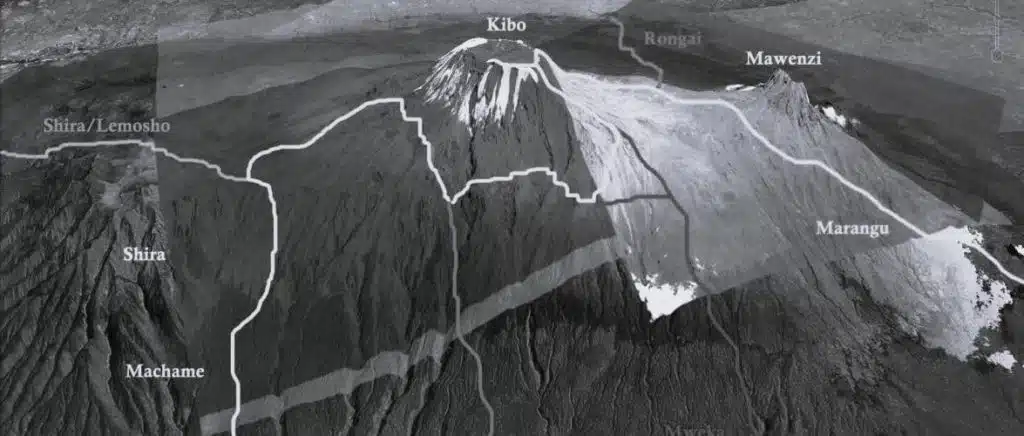
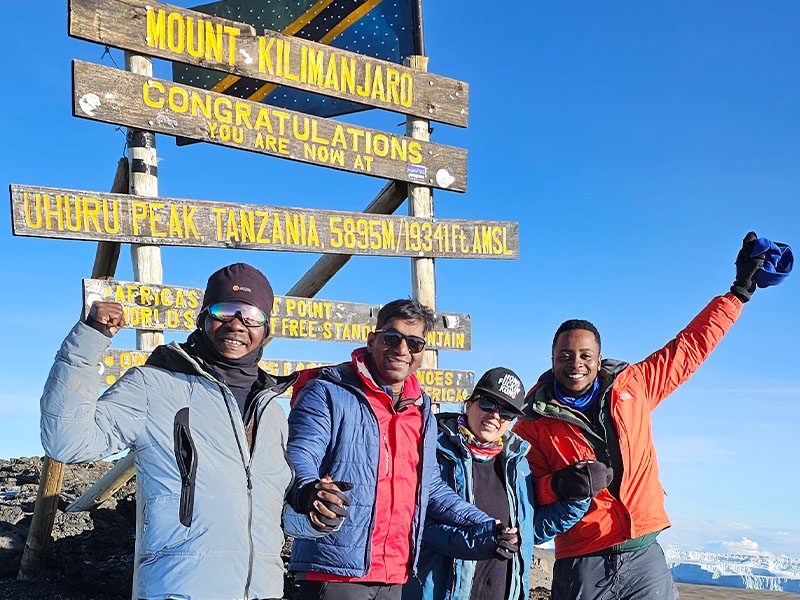

Table of Contents Uhuru Peak? The Story Behind the Name | Kili Quests Uhuru Peak is not only the summit of Mount Kilimanjaro, but
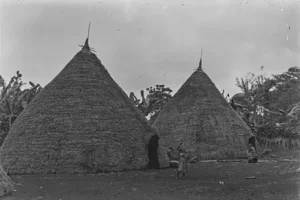
Table of Contents Chagga Culture Around Mount Kilimanjaro: Traditions & History Mount Kilimanjaro is more than just Africa’s highest peak — it’s the heart

Table of Contents Mount Kilimanjaro’s Ecological Zones Explained | Kili Quests Mount Kilimanjaro is not only Africa’s tallest peak — it’s a vertical world
@2025 Kili Quests. All rights reserved.